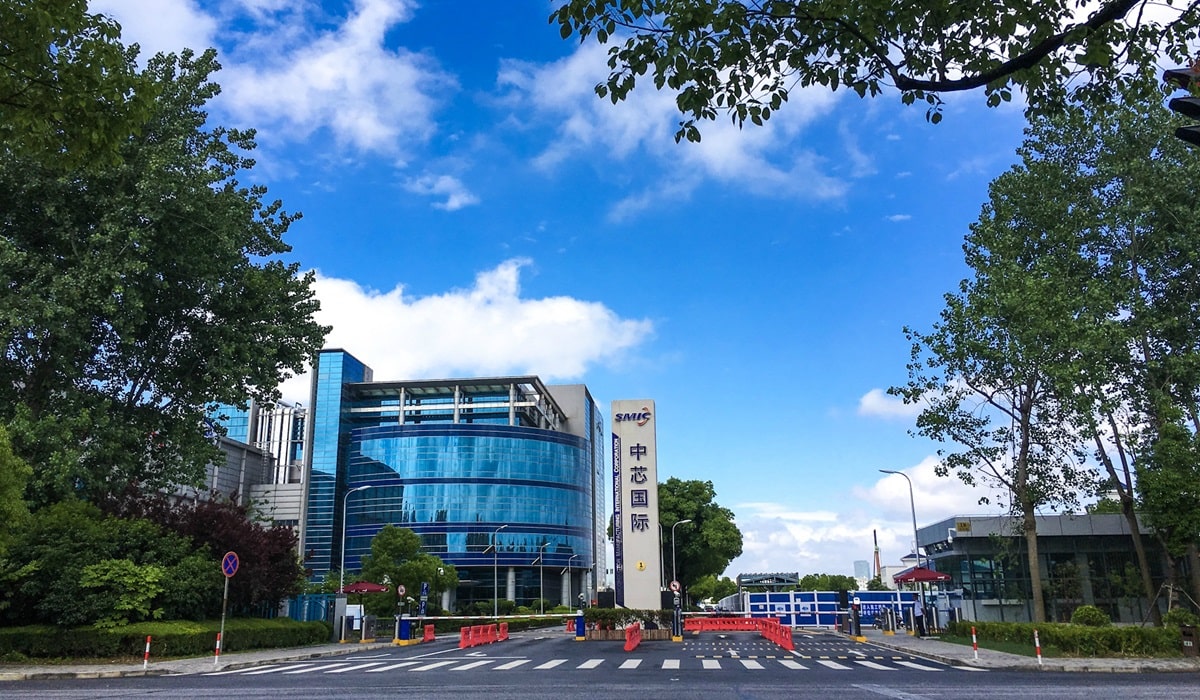How Did We Get Here?
China’s Semiconductor Manufacturing International Corporation (SMIC) has recently made a surprising leap in the global foundry market, now ranking third behind industry giants TSMC and Samsung Electronics. This development marks a significant shift in the semiconductor industry, traditionally dominated by a few key players in Taiwan, South Korea, and the United States.
Historically, Chinese engineers have been known for their ingenuity and ability to innovate. However, the recent rapid advancement of SMIC can largely be attributed to external pressures and strategic adaptations. The U.S. government has imposed stringent sanctions on China, restricting the export of advanced microchips and the high-tech machinery necessary for their production. This move was intended to curb China’s technological growth and maintain the competitive edge of American and allied semiconductor firms.
The U.S. sanctions, while aiming to hinder China’s progress, inadvertently catalyzed a period of intense innovation within the country. Chinese companies, forced to navigate these restrictions, invested heavily in developing their own semiconductor technologies. This push for self-reliance has now borne fruit, with SMIC achieving production capabilities that rival their international counterparts.
For example, SMIC’s rumored advancement to producing 5nm chips, potentially featured in Huawei’s upcoming Mate 70 Pro phone, signifies a monumental leap. Such technology was previously believed to be out of China’s reach for at least another decade. This rapid progress has profound implications for the global semiconductor supply chain and market dynamics.
With SMIC’s growing capabilities, Chinese tech companies like Huawei, Xiaomi, and others are increasingly sourcing their semiconductors domestically. This shift not only reduces China’s dependency on foreign suppliers but also creates a more self-sufficient and robust domestic tech industry.
The advancement of Chinese foundries introduces a formidable competitor in the global semiconductor market. Companies such as TSMC and Samsung now face increased pressure to innovate and maintain their technological lead, potentially leading to a more dynamic and competitive market landscape.
The sanctions, while intended to isolate China technologically, have inadvertently pushed Chinese firms to innovate rapidly. This has led to a significant market realignment where U.S. and European semiconductor companies must now find alternative markets to compensate for the lost Chinese business. This reorientation could affect their revenue streams and long-term strategic planning.
The success of Chinese semiconductor firms underscores the limitations of sanctions as a tool for controlling technological proliferation, especially in large, resource-rich countries. It demonstrates that large-scale innovation can be accelerated under pressure, leading to unintended consequences for those imposing the sanctions.
The rise of SMIC as a major player in the global semiconductor industry signifies more than just a shift in market rankings. It highlights the adaptability and innovative spirit of Chinese firms in the face of adversity. The sanctions aimed at stalling China’s technological progress have instead spurred a rapid and unexpected leap forward. This development challenges the existing power dynamics in the semiconductor industry and compels Western firms to reconsider their strategies in a market that is becoming increasingly competitive. As we move forward, the semiconductor landscape will likely be defined by this new wave of innovation and the shifting alliances it inspires.









